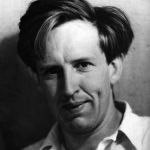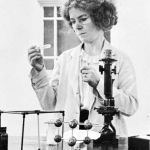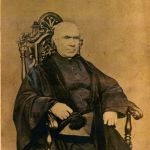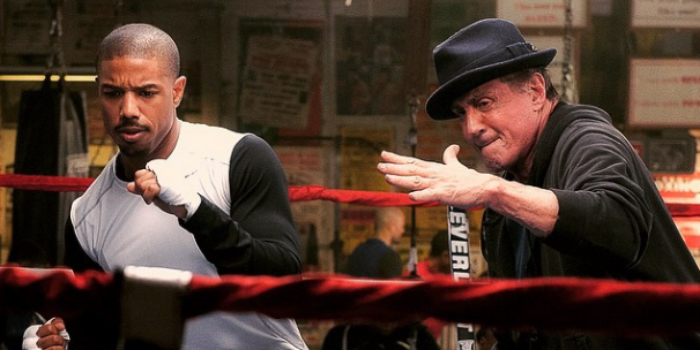Ireland has a great tradition of producing brilliant scientists. Here are seven unconventional, yet brilliant, Irish people who ignored the rules and changed the world.
1: John Desmond Bernal is perhaps the most colourful and scandalous Irish scientist who ever lived (1901-1971). While he laid the foundations of modern molecular biology, he also managed to fit in quite a few other impressive achievements. With a reputation as a serial womaniser, he was a lifelong communist, a friend of Picasso, a Sinn Féin supporter and part-time weapons manufacturer. He studied physics at Cambridge, paved the way for the discovery of the DNA double helix, wrote influential books, worked for the British Ministry of Defense and advised Churchill on the D-Day landings by designing floating prefabricated harbours as well as selecting the landing places in Normandy from his knowledge of medieval poetry. He also helped found UNESCO and wrote the best-selling book ‘World Without War’. He grew up in Nenagh, Co. Tipperary.
READ MORE:Five young scientists who took on the world
2: Sligo-born George Gabriel Stokes (1819-1903) was a scientific giant of the 19th Century. He made valuable contributions to many fields notably light, viscosity and how fluids behave. He was the first person to explain fluorescence and how the blood pigment Haemoglobin works.
READ MORE: 10 world-changing Irish inventions.
3: Irish physicist, George Johnstone Stoney (1826-1911) was the first science professor at the new University of Queen’s College Galway. He admired the metric system and believed the world would benefit from the idea of a standard unit of electricity. Stoney initially called his unit the electrine, later to be called the electron. In later life as a university administrator with the Queen’s Colleges in Ireland, he campaigned for higher education for women. Thanks to his work, women earned medical qualifications in Ireland long before their UK counterparts did.
4: Dame Kathleen Lonsdale (1903-1971) was born and reared in Newbridge, Co. Kildare. Lonsdale (left) went on to become a professor of chemistry at University College London thanks to her groundbreaking work in x-ray diffraction. A Quaker and pacifist, she was interned as a conscientious objector in 1943. In 1945, she became the first woman to be elected a fellow of the Royal Society. Her childhood home in Newbridge is now home to the Newbridge Business Centre.
5: Mary Ward (1827-69) was a bestselling science writer but was also, unfortunately, the first person killed in an automobile accident in Ireland. Her first book, ‘Sketches with the Microscope’ (1857) described how a microscope could be used to study the natural world and became a best seller, running to five editions. Her second book ‘Telescope Teachings’ (1859) was equally famous. In 1869, Ward was travelling in a steam carriage at Birr when she was thrown from the vehicle and killed. Her late cousin, the Earl of Rosse, had designed the car.
6: John Tyndall (1829-1893) was the first person to explain why the sky is blue. He was also the first person to suggest the greenhouse effect; he built a precursor of the fibre optic cable and helped prove germ theory (how disease spreads). The sky is blue because dust in the air scatters most of the short wavelength blue light. Clusters of molecules also contribute to the effect. Now you know if anyone should ask you in the future.
7: The Rev Nicholas Callan (1799-1864) was one of Ireland’s great inventors. Described as the ‘Frankenstein of electricity’, he was famous for building powerful batteries in his lab at Maynooth University. He once joined 577 battery cells together using 136 litres of acid, making it the world’s largest battery at that time. He made his most significant discovery in 1836, the induction coil. He used to zap large birds with it and once electrocuted a future archbishop of Dublin and knocked him unconscious. Today, the Science Museum at Maynooth College has Callan’s instruments and laboratory on display.
This list was compiled with the help of Mary Mulvihill’s book, ‘Ingenious Ireland’, published by Town House, Dublin and in honour of the BT Young Scientist & Technology Exhibition 2016.






